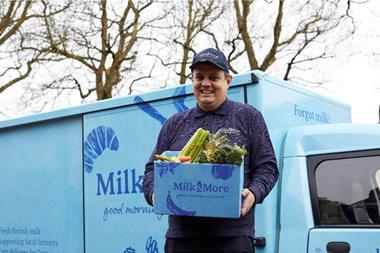
Almost all good fmcg companies, branded and own label, attach importance to good category strategies. But there is huge variability in the way these strategies are developed and used across our industry.
Some make a big difference. Some make no difference. So how can you get to a category strategy that makes a positive difference in your organisation and with your customers? Here are three things.
First, don’t take the category’s importance for granted. For your company, of course the category is important. For your buyer, unless it is very small, of course the category is important.
But further up the chain in retailers, it may not be considered that important. Senior roles in retailers are about prioritisation. Hard decisions must be made about space allocation, position in store and promotional support. So it is crucial to establish the category’s importance for this senior retailer audience. This is beneficial not only to you, but also to your buyer, because your buyer needs those senior people on board too.
Second, let the consumer be your guide. Some fmcg companies obsess about what their customers – the retailers – will find compelling. Others think mainly about finding a category story that features a starring role for their brands, products or capabilities.
Both these things are important considerations, but to get everything lined up properly, think about what is right for consumers and shoppers. If you understand what is right for them, then it’s the job of your brand, innovation and marketing people to deliver what the consumer needs.
If you do that, you will get the support of retailers, because everyone wants to do a good job for the consumer. So by following the consumer, you align the retailer’s objectives with yours. This principle is often described as the triple win (consumer, retailer, supplier).
Third, keep the category story simple. Too many category strategies become a vague compromise across multiple stakeholders, with a huge number of drivers and tactics. In some cases, almost any innovation or marketing idea can be positioned and justified under the strategy, so wide is its scope.
But good strategy is about choices – what needs doing and what does not need doing. Have the courage to choose a few things that are the most important, and rule out the rest. This will allow you to get a simple story, that people can remember and live by, internally and in customers. Less is more.
So, a category strategy can make a big difference or no difference. The best ones emphasise the category’s importance, are guided by the consumer, and are kept simple.
























No comments yet